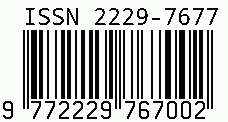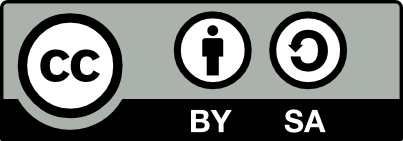
International Journal on Science and Technology
E-ISSN: 2229-7677
•
Impact Factor: 9.88
A Widely Indexed Open Access Peer Reviewed Multidisciplinary Bi-monthly Scholarly International Journal
Plagiarism is checked by the leading plagiarism checker
Call for Paper
Volume 16 Issue 3
July-September 2025
Indexing Partners



















SpeakBraille:Revolutionizing Braille with Speech Synthesis
| Author(s) | Anitha Vasam, Mukku Nikitha, Dikonda Pavanikalyani |
|---|---|
| Country | India |
| Abstract | In an era of increasing technological advancement, accessibility remains a paramount concern. This project presents a robust and innovative solution for the visually impaired by harnessing the power of computer vision to seamlessly convert Braille into text and voice. The Braille to Text and Voice Conversion System (BTVCS) serves as a transformative tool that bridges the gap between tactile and auditory communication, empowering individuals with visual impairments to access written information independently. The core of the system lies in its ability to accurately recognize Braille characters through image processing and computer vision techniques. Utilizing state-of-the-art machine learning algorithms and deep neural networks, BTVCS interprets Braille patterns with precision, ensuring minimal error rates. The extracted Braille text is then seamlessly converted into natural language text, opening up a world of printed content to the visually impaired. Additionally, BTVCS features a robust text to- speech (TTS) engine that transforms the converted text into high quality, natural-sounding voice output. Users can select from a range of voices and settings to personalize their experience. This dynamic TTS capability extends beyond mere translation; it provides an immersive auditory experience that conveys tone, context, and emotion, making the content more engaging and informative |
| Keywords | Accessibility, Visually Impaired, Braille, Computer Vision, Text-to-Speech (TTS), Machine Learning, Deep Neural Networks, Image Processing, Natural Language Text, Voice Output, Personalization, Convolutional Neural Network |
| Field | Computer |
| Published In | Volume 16, Issue 2, April-June 2025 |
| Published On | 2025-05-29 |
| DOI | https://doi.org/10.71097/IJSAT.v16.i2.4033 |
| Short DOI | https://doi.org/g9mpbn |
Share this


CrossRef DOI is assigned to each research paper published in our journal.
IJSAT DOI prefix is
10.71097/IJSAT
Downloads
All research papers published on this website are licensed under Creative Commons Attribution-ShareAlike 4.0 International License, and all rights belong to their respective authors/researchers.

